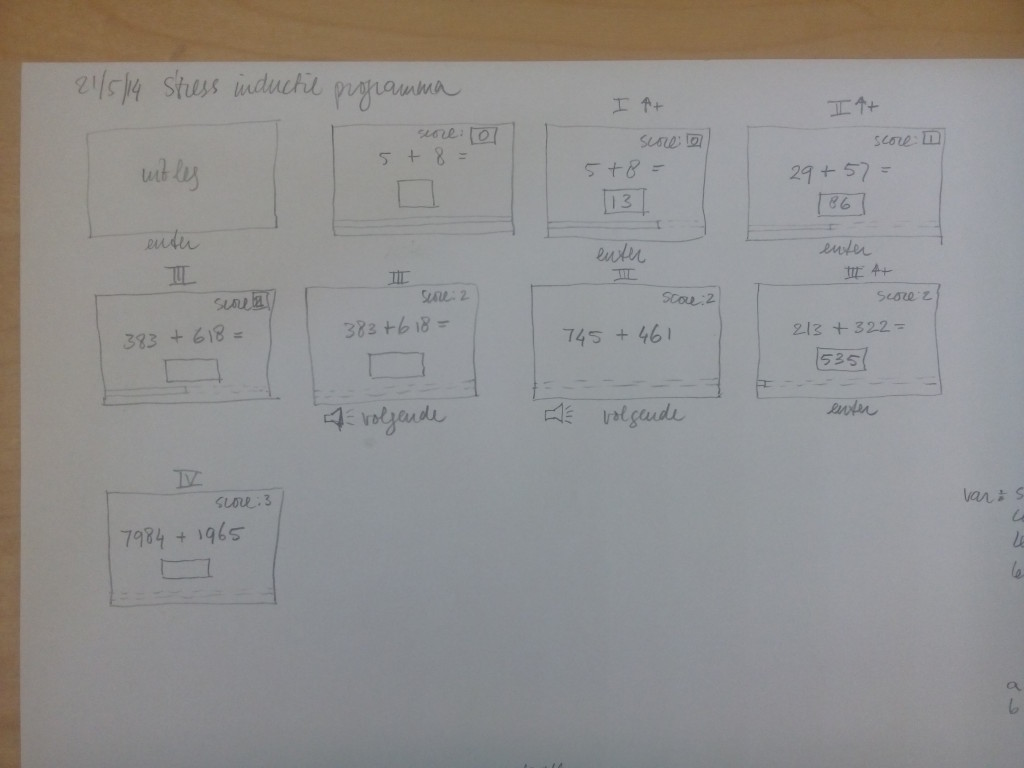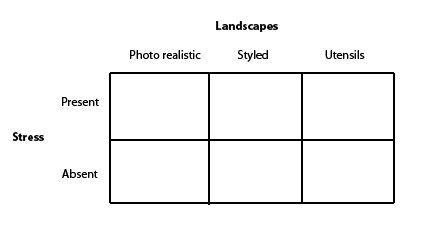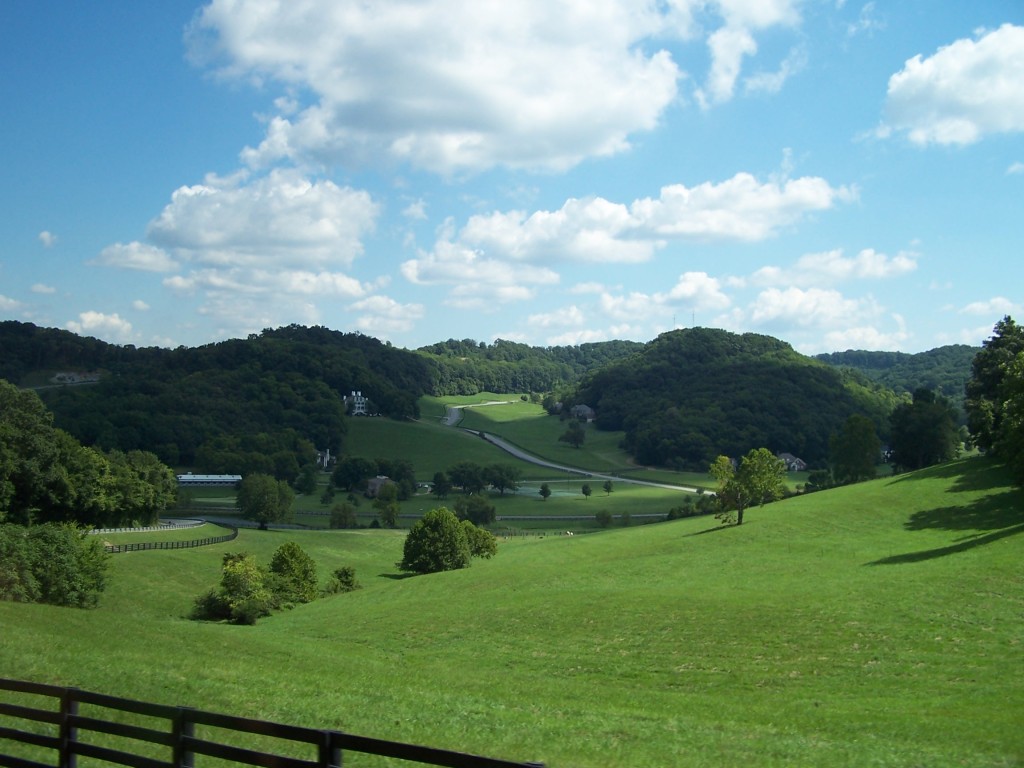After conducting and analysing the first experiment some points of improvement emerged.
- The differences in heart-rate between the sets weren’t significant so we want to create more extremes in heart-rate.
- One group will get a heart-rate enhancing trigger and there will be a control group that won’t.
- There was evidence of interaction with age for some of the variables so we want a more homogeneous age group to work with.
- The experiment should be simplified, less sets and keep sounds the same for the landscapes sets. The duration of each stimulus was rather short so we want to try to double the amount of pictures in each set.
- The control set should be neutral instead of negative.
It was clear that we want to introduce stress into the experiment. The target group are patients who visit hospitals. They are under stress a lot of the time. So we have to create a stress stimulus. Together with the students and a teacher from Avans Hogeschool we looked into some of the known possibilities for inducing stress. Our idea was to simulate a hospital through minor medical treatments. But we realized this will probably not work with our sample. They will be teachers with a background in nursing so taking blood pressure won’t upset them. I also discussed some options with Malcolm and Sarah. Showing parts of horror movies we considered to be too subjective. The best option is physical stress in the form of electro shock or ice-water. But this is out of our league. We don’t have the knowledge or experience to conduct an experiment like that.
Finally I settled for cognitive stress task in the form of calculations. As the stress task had to be repeated we needed a stimulus that would remain a challenge and induce some stress. Cognitive tasks have that ability. To keep it challenging there should be different levels to also keep it interesting for people whore a good at doing calculations. I made a little design.
I had no idea how this design could be implemented in EventIDE. So I send my sketch to Ilia who programmed a nice interface. On the one hand the subtractions would get more difficult if your answers are correct. On top of that the allotted time will decrease if there are three correct answers in a row.
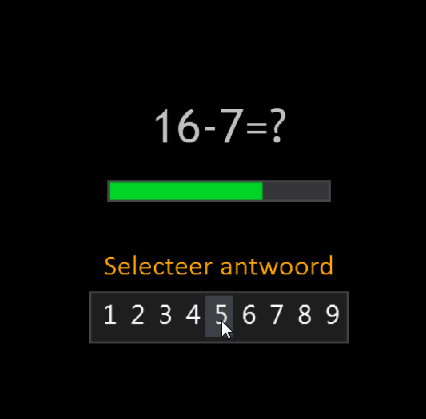
The design is a 2×3 factorial with repeated measures. There will be three landscapes/objects with sounds and each of them will be experienced either with or without a stress stimulus preceding them.
The flow of the experiment is as follows:
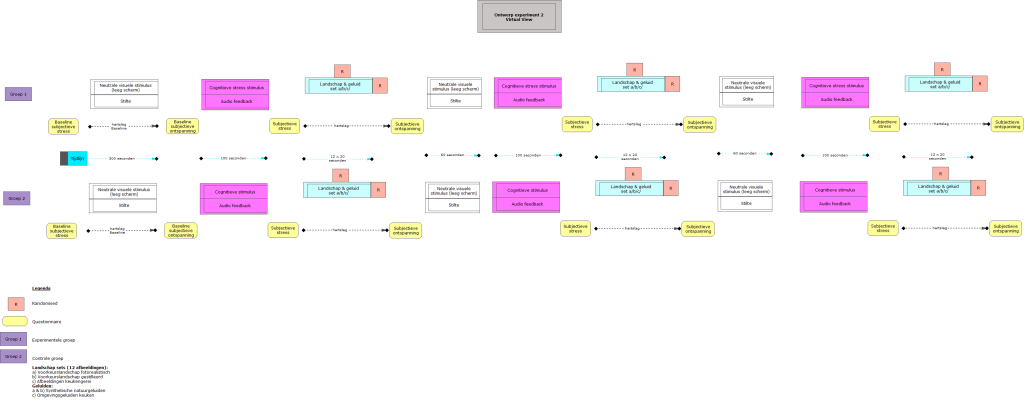
Depending on how long it would take for the participants to complete the questionnaires the duration of the entire experiment will be around 30 minutes.
For me it was kind of hard to include the different questionnaires. We wanted to check experienced relaxation as we did in the first experiment. But we also wanted to know how much stress participants had experienced during the stress task. As these are opposite experiences I found it hard to find a place for both in the flow of the experiment. I finally settled for checking for self-reported stress right after the cognitive task and reporting relaxation after the landscape stimuli.
I would have loved to measure physiological stress data. Apart from heart-rate and heart-coherence there was no objective data. I discussed it with Malcolm. He kindly offered to lend me some of his equipment but we realized we just didn’t have enough time to implement it properly. So for now I just have to do with the heart-rate and self-reporting.
The dependent variables in this experiment are:
Heart-rate (beats per minute & inter beat interval)
Heart-coherence
Self-reported stress
Self-reported relaxation
The independent variables are:
Photo realistic landscapes & synthetic nature sounds
Styled landscapes & synthetic nature sounds
Kitchen utensils & kitchen sounds
Age and gender
The sample will consists of 30 + 30 participants older then 40 years without heart problems or heart medication.
Finally I could work on my own creations. This was the time for me to test some of my first sketches of the Virtual View landscapes. They are a combination of computer graphics made in Photoshop and computer generated images made in Processing. I combined them into bitmaps. As we wanted participants to be exposed longer to the stimuli we doubled the amount of pictures in each set from 6 to 12. The inspiration for the landscapes came from our literature study and the results of the first experiment. As an artist I wanted to see what I can leave out and still have a relaxing effect. I also experimented with different techniques to create the image elements.
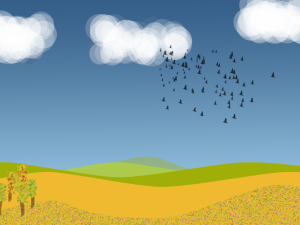
The photo realistic images were chosen to resemble the styled image and have the same simple layout. The idea was to see it there would be a difference in relaxation and stress reduction effect between the computer graphics and the photographs.
Our initial idea for the neutral images was again to use interiors. We thought of general school areas. But as we were approaching the end of the year the teachers would be pretty highly strung and seeing pictures of the school might not be neutral for some. So we decided to use kitchen utensils. For the sound we used a recording of someone preparing salad.
The sounds to accompany the landscapes were produced and composed by Julien Mier. For us this was also the first sketch of what Virtual View could sound like. Julien made some nice synthetic birds and bees. We worked towards a piece that was a mix of background noise, silence and unexpected animal noises. The sound was timed to the transitions between the images in the experiment. So every 20 seconds a new piece of sound was started with different accents. We used the same soundtrack for both landscape sets.
